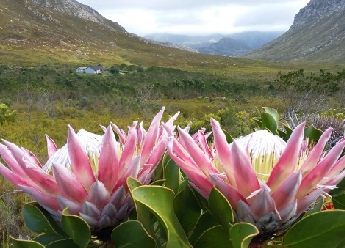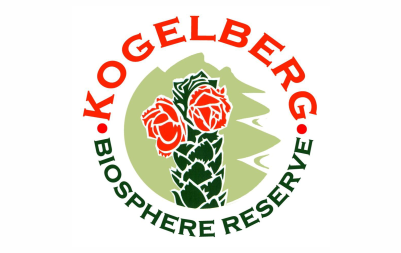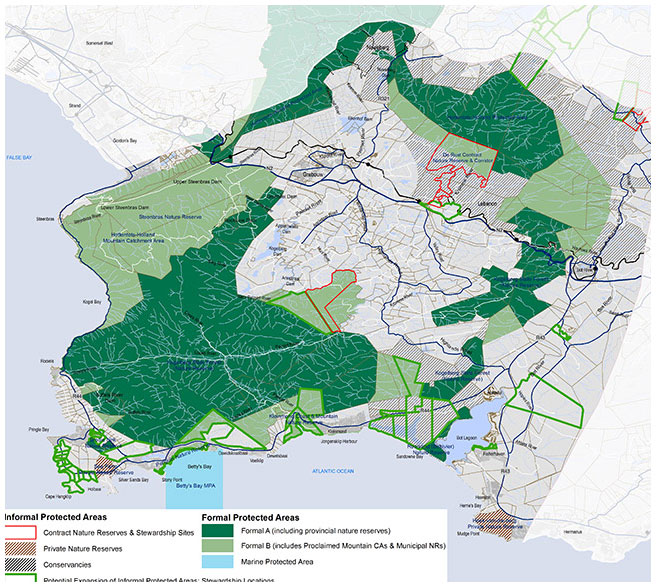Kogelberg Biosphere Reserve
The Kogelberg Biosphere Reserve (KBR) is one of Africa’s two southernmost Biosphere Reserves and is located in the heart of the Cape Floristic Region

Introduction
Kogelberg Biosphere Reserve is situated in the Western Cape Province about 40 km from Cape Town. It covers 103,629 hectares, more than 80% of which consists of mountainous landscape ranging from high mountain peaks and deep valleys to gentle hills and lower mountain slopes. The remaining area comprises a gently rolling coastal plain and a marine area, which covers about 24,500 hectares. The coastline is mostly rocky with sandy beaches and estuaries. The main economic activities in the area are apple farming and commercial pine plantations. Tourism, specifically eco-
Stats
UNESCO Designation: 1998
Management Entity: Kogelberg Reserve Non-
Total Area: 103 629 ha, including a marine portion of 24 629 ha
Core Zone: 21 880 ha (terrestrial); 1 629 ha (marine)
Buffer Zone: 11 000 ha (terrestrial); 23 000 ha (marine)
Transition Zone:46 120 ha (terrestrial)
Contact
Email: info@kbrc.org.za or admin@kbrc.org.za
Tel: +27 (0)28 271 4792
Postal: PO Box 200, Kleinmond, Western Cape, 7195
Website: www.kogelbergbiosphere.org.za
Biodiversity features
There are 34 internationally recognised Biodiversity Hotspots in the world. Three of these are found in the Western Cape, namely the Cape Floristic Region; Succulent Karoo; and Maputaland-
The Kogelberg Biosphere Reserve is regarded as the ‘hottest hot spot’ within the Cape Floristic Region which is positioned largely within the bounds of the Western Cape, this floral treasure contains an estimated 9500 species, of which 70% are endemic. Only 9% of the biome is formally protected.
The Kogelberg Biosphere Reserve provides habitat for an exceptional diversity of approximately 1 850 plant taxa of which an estimated 77 taxa are endemic to this area. This area is one of the major centres of plant species endemism in the Fynbos Biome, where approximately a fifth of all fynbos plant taxa (total = more than 8 500) are known to occur (Boucher 1977, 1978, 1982).


